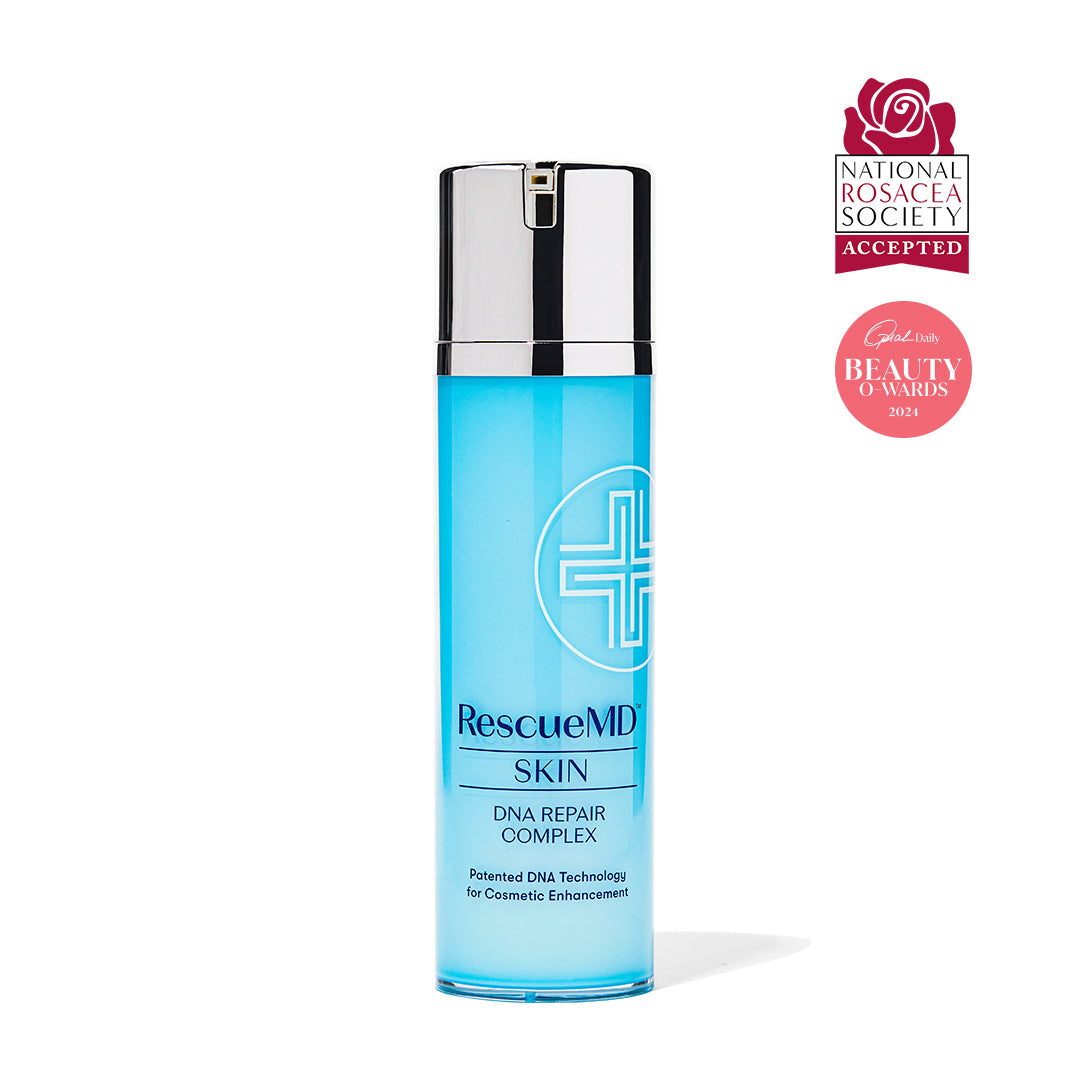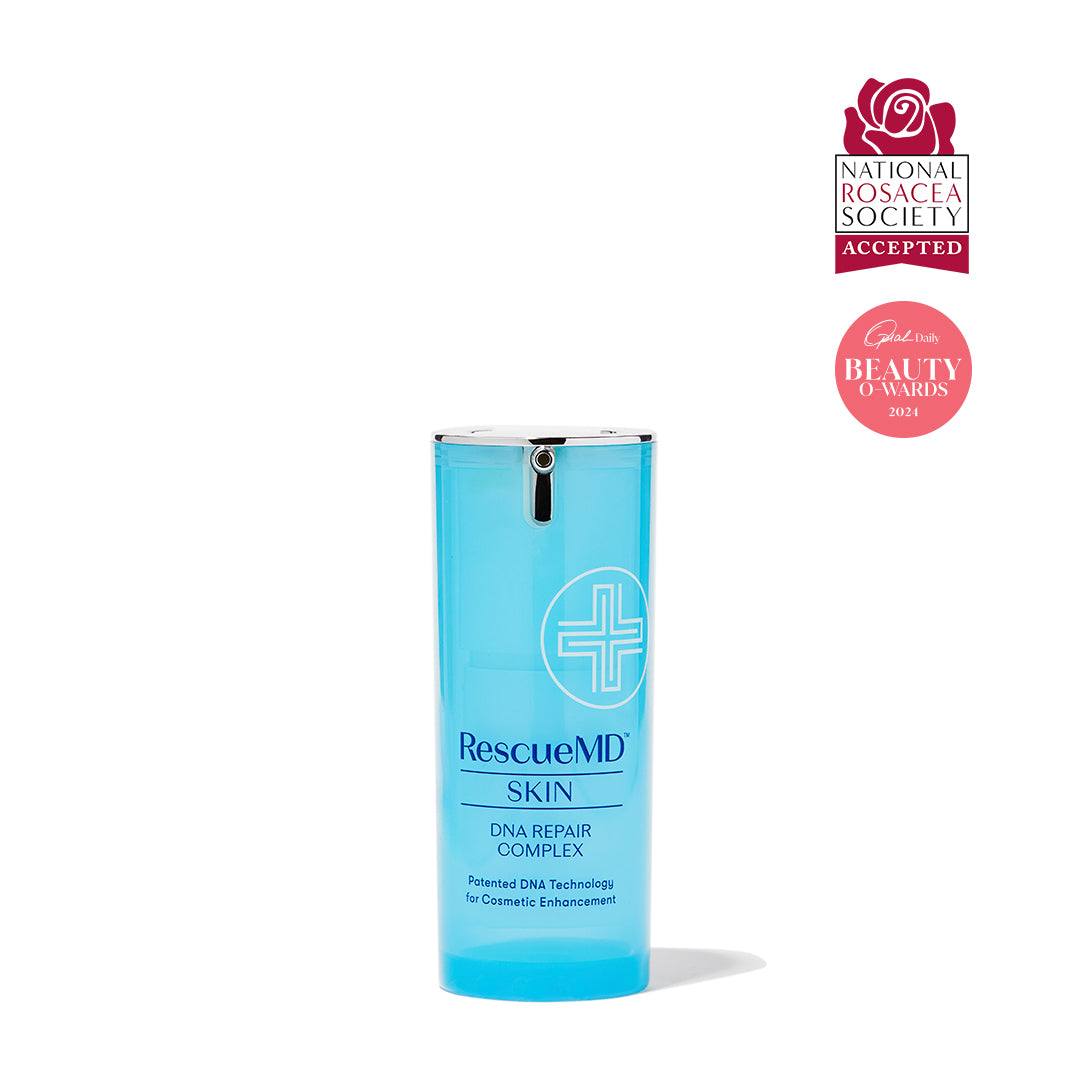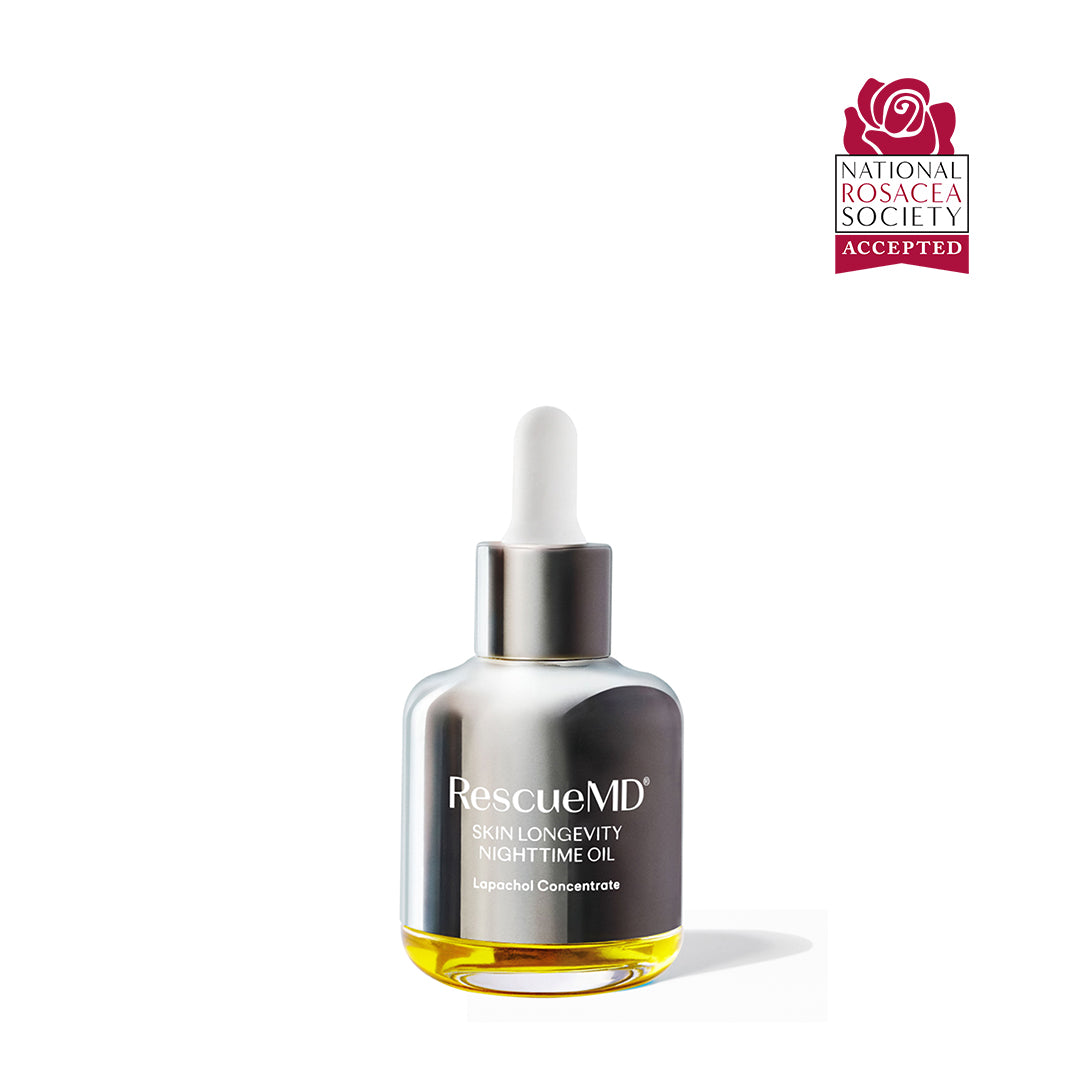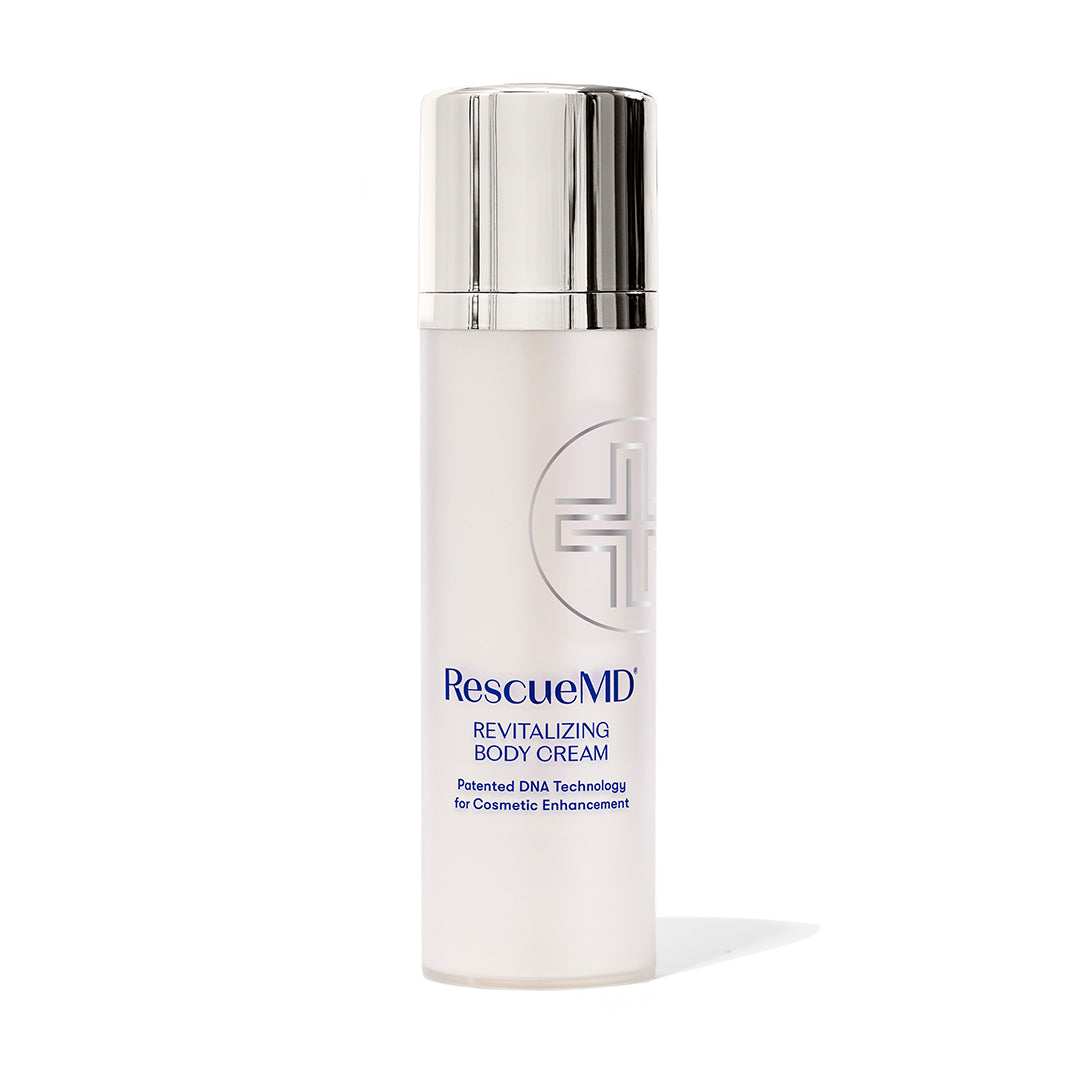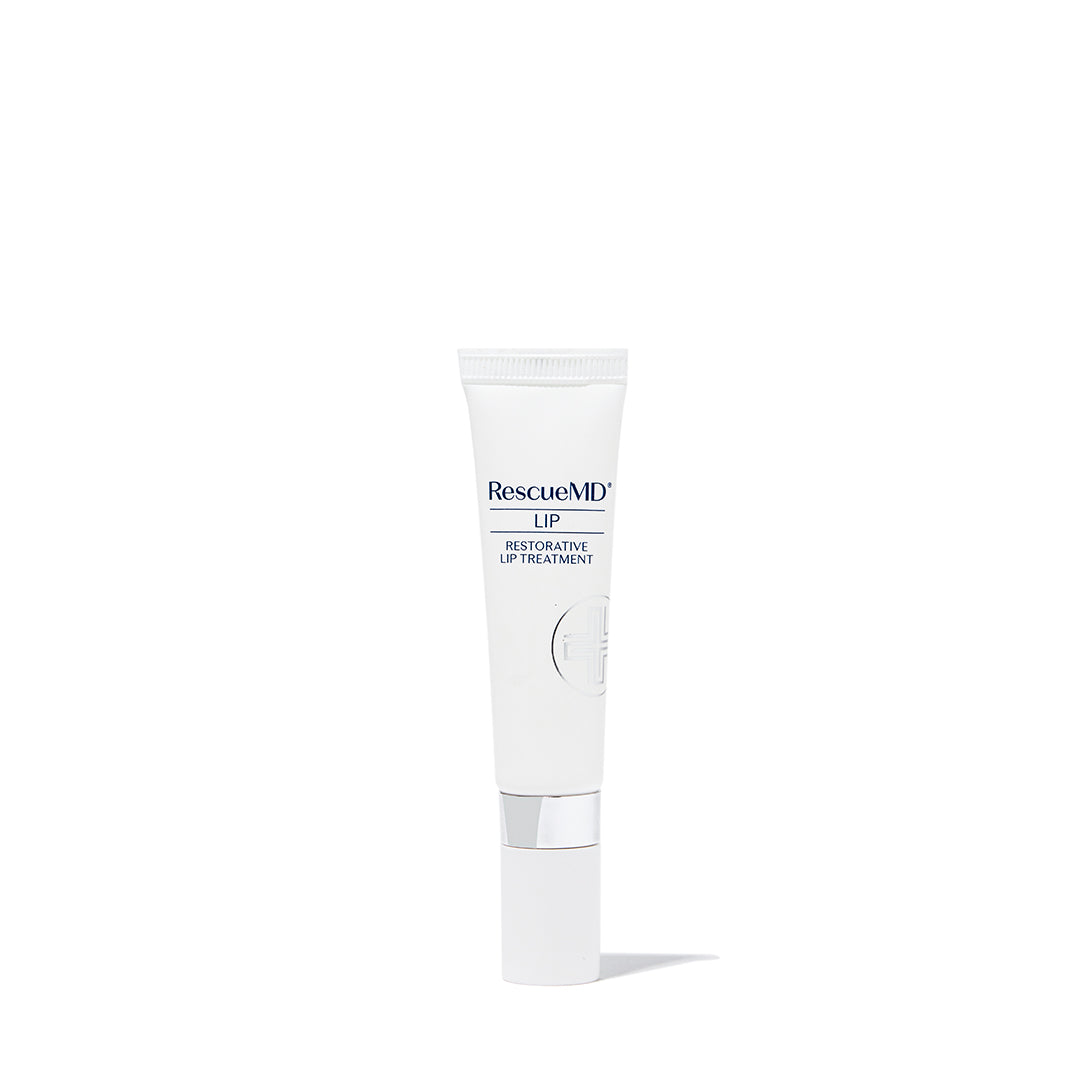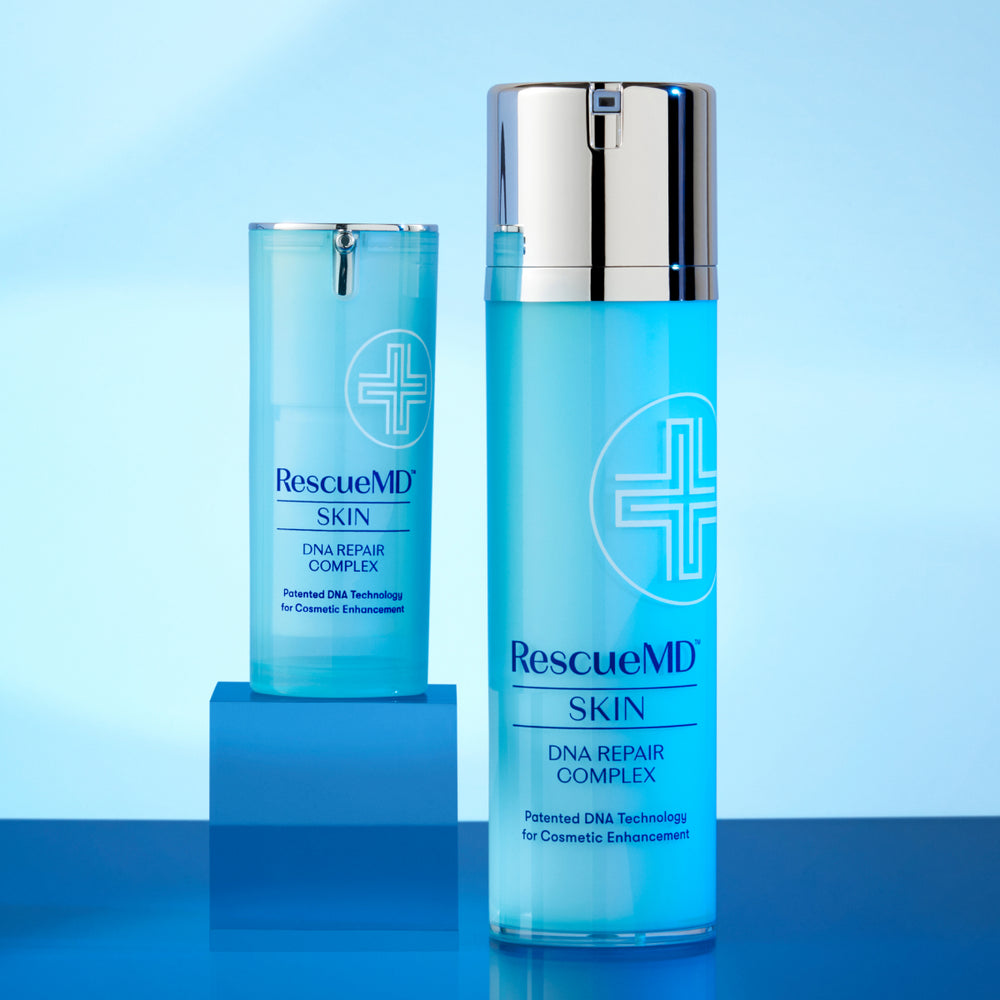As winter sets in, our skin deals with its fair share of challenges, and that's where the expertise of dermatology providers come in handy. In this month’s blog, we're getting down to the basics of skin barrier health with board-certified dermatologist, Dr. Marisa Garshick. Read on to learn more about the skin barrier.
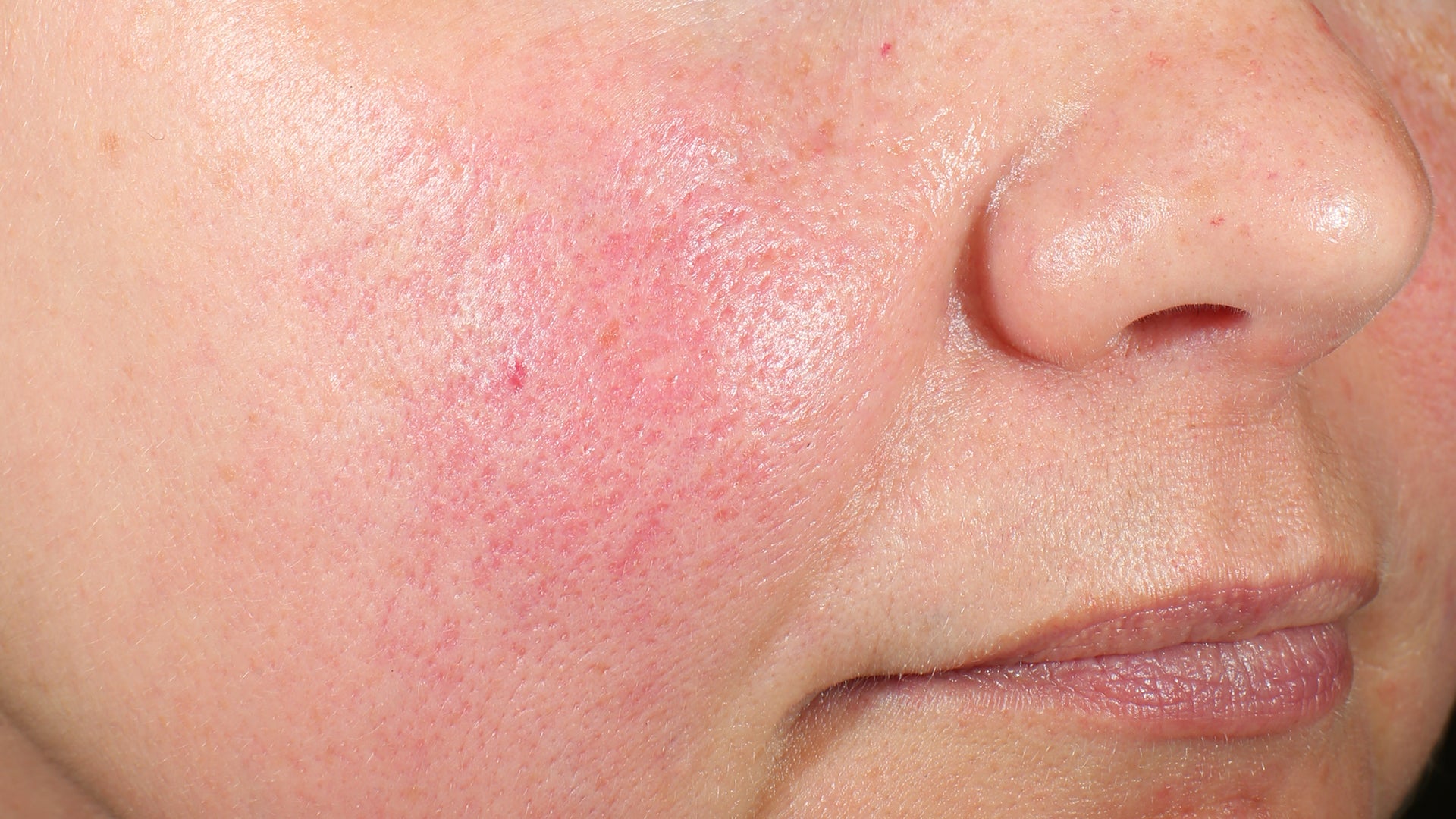
What Is The Role And Function Of The Skin Barrier?
“The skin barrier is designed to provide a physical and functional barrier for the skin. In this way, it is designed to help lock moisture in and prevent moisture loss, keeping the skin healthy and hydrated. It also works as a barrier to protect the skin from external stressors and to keep harmful elements, like infection and certain chemicals, out.”
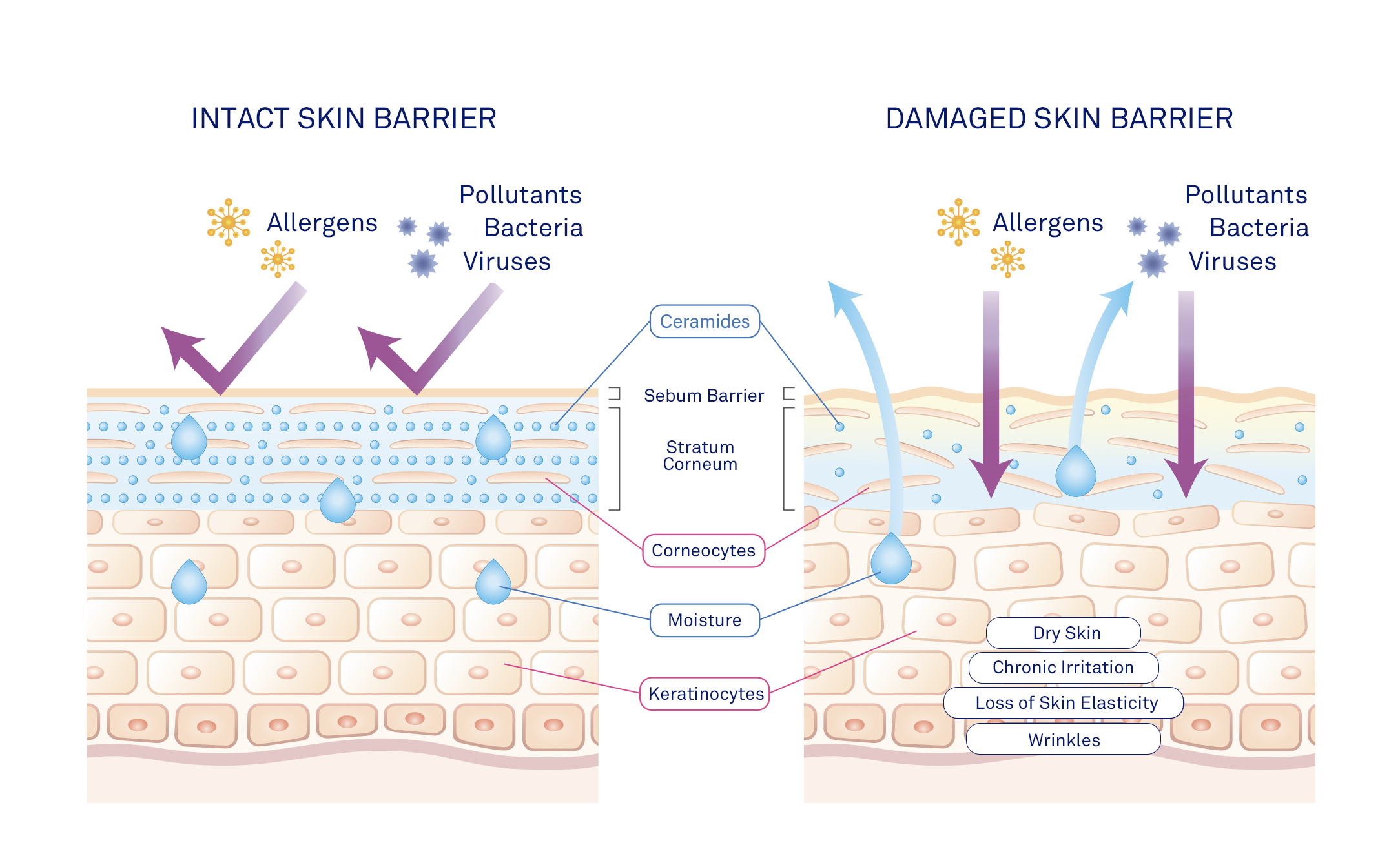
What Is The Skin Barrier Composed Of?
“In addition to skin cells, known as corneocytes, the skin barrier is made up of fatty molecules or lipids, including ceramides, cholesterol and fatty acids, which work together to help hold the skin cells together. Together, this barrier helps to keep the skin moisturized, hydrated and well nourished. Some think of the barrier in the context of a brick-and-mortar, with the bricks being the skin cells and the mortar referring to the ceramides which serve as the glue to hold the skin cells together.”
What Are Signs Of A Compromised Skin Barrier?
“Some signs of a compromised skin barrier include red, dry, flaky skin. A compromised skin barrier may also lead to symptoms of itching, burning, a tight feeling to the skin as well as overall increased skin sensitivity.”
What Are Common Causes Of A Compromised Skin Barrier?
“Some causes of a compromised skin barrier include harsh temperatures and environmental conditions, including decreased humidity, as can occur in the winter months. Additionally, harsh soaps and abrasive scrubs can lead to micro traumas in the skin barrier which can disrupt the skin barrier and lead to skin irritation. Additionally, while using retinoids and exfoliating acids is often recommended, it is important to avoid using too much or using it too frequently as this can disrupt the skin barrier and lead to skin irritation and sensitivity.”
*In a dermatologist-led clinical study, DNA Repair Complex was clinically proven to reduce redness in 96% of subjects observed for improvement.
What Are The Benefits Of Using RescueMD DNA Repair Complex To Repair A Compromised Skin Barrier?
“DNA Repair Complex is formulated with gentle yet effective ingredients that help support your skin barrier and moisture levels. The formula contains dermatologist-approved, barrier-supporting ingredients including allantoin, glycerin, dimethicone, and signature antioxidants. Allantoin is a calming water-based moisturizing agent that works to seal in hydration while acting as a skin protectant. Glycerin, a humectant, helps draw in moisture from deeper layers of your skin. Dimethicone, an emollient, softens and soothes the skin all while protecting the skin, sealing in hydration, and creating a skin-protectant barrier."
"Black currant, rosehip, aloe leaf juice, sunflower seed oils, and rosemary and balloon vine extracts, which contain fatty acids and anti-inflammatory and antioxidant benefits to help soothe, reduce redness, synthesize ceramides, and support the skin’s moisture barrier while defending against future damage. Proprietary lapachol provides anti-inflammatory properties and supports a reduction in redness and irritation, helping to improve the appearance of a compromised skin barrier. Lapachol also works to gently resurface and fade skin damage, improving the appearance of dark spots and discoloration with scarring, helping to give the skin a glow without stripping the skin or disrupting the skin barrier.”*
*Always check in with your dermatology provider before adding new products to your regimen.
About Dr. Marisa Garshick, Board-Certified Dermatologist
Dr. Marisa Garshick is a Board Certified Dermatologist and Clinical Assistant Professor of Dermatology at New York Presbyterian-Weill Cornell Medicine. Stay up to date with Dr. Garshick and MDCS: Medical Dermatology and Cosmetic Surgery Center on Instagram. Visit MDCS’s website to learn more or to book an appointment with Dr. Garshick in New York City or Englewood, NJ.
Are you a skincare professional and interested in carrying RescueMD in your practice? Visit our professional page to make an inquiry!


